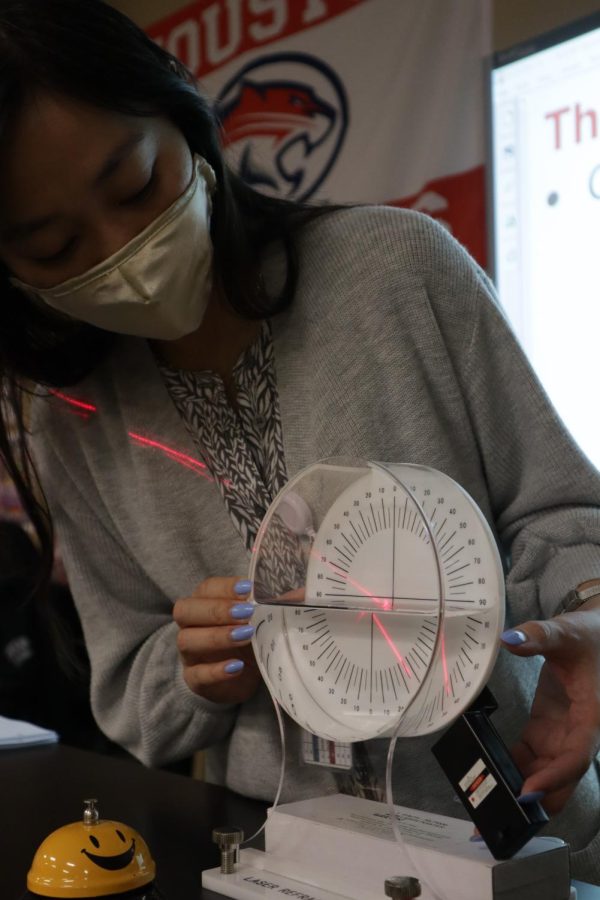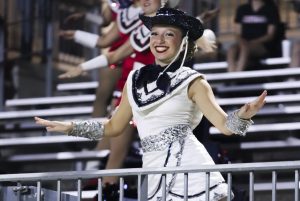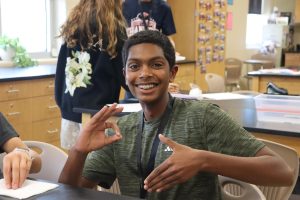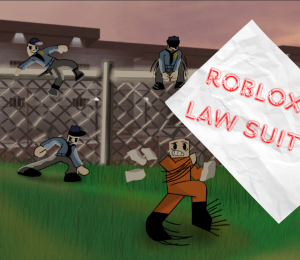Building a Brighter Future: Vu Promotes Girls in Stem
AP Physics teacher Tina Vu teaching her class. Vu believes girls education in STEM is important.
February 22, 2023
While there is a growing interest in engineering within the student body, there seems to be a constant factor of discrimination in the field against women as their interest is often neglected. To combat this casted shadow among the group, AP Physics teacher Tina Vu sponsors Girls in Stem (GIS), a club that represents female students specifically who have the desire to pursue a career in science. Vu insists that her main goal is to raise awareness of the disparity of females in the physics and engineering field, empowering young females to go into a field that is male-dominated.
“The message that the club hopes to send is to have confidence in who you are and your own knowledge due to the amount of hard work you are putting in – not your gender,” said Vu.
One of the club’s most popular events last year was their physics lab at Texas State University where they were able to interact with and learn from professors of the institution. Although these events help expand the members’ understanding and knowledge of the subject, Vu explains that there is a lot of paperwork behind the scenes in scheduling off campus trips. Another crowd-pleasing event of the club would be their Science Night where the members teach younger students about different sciences such as physics and engineering. This year the event was hosted at Tompkins, and there were about 800 students who came from grades K-8th grade.
“The next event that we will have is another Science Night in the Spring,” said Vu. “We do one every semester.”
Vu urges students to join GIS because it is part of a larger movement across the nation to help the nation become better as a whole. In order to improve the team dynamic, Vu organizes labs that build the members’ academic knowledge along with their friendship. Collaboration among the members allows the team to efficiently eliminate stereotypes and break down restrictive barriers in the engineering community. A common misconception is that GIS only accepts female students as members. However, this could not be further from the truth as the organization welcomes any and all students who share an interest in the field as well as hope to end its internal discrimination.
“There are always obstacles any organization faces, however for us, there was some push back due to the club being ‘Girls in STEM’ but the club is not only for girls, it is for anyone who wants to join and help spread the word of the disparity of females,” said Vu.
Vu hopes that if enough students come together to recognize the disparity, it would be easier to address. She also reveals the main purpose of their Science Nights: If they are able to see young females doing science, then the children get a seed planted in their minds that females can do science, thus indirectly teaching young females that they can do it too.
“This is not a women’s issue, this is a societal issue therefore having males and females in the club helps because if males are able to see the mistreatment or bias, they can also stand up against it,” said Vu.






